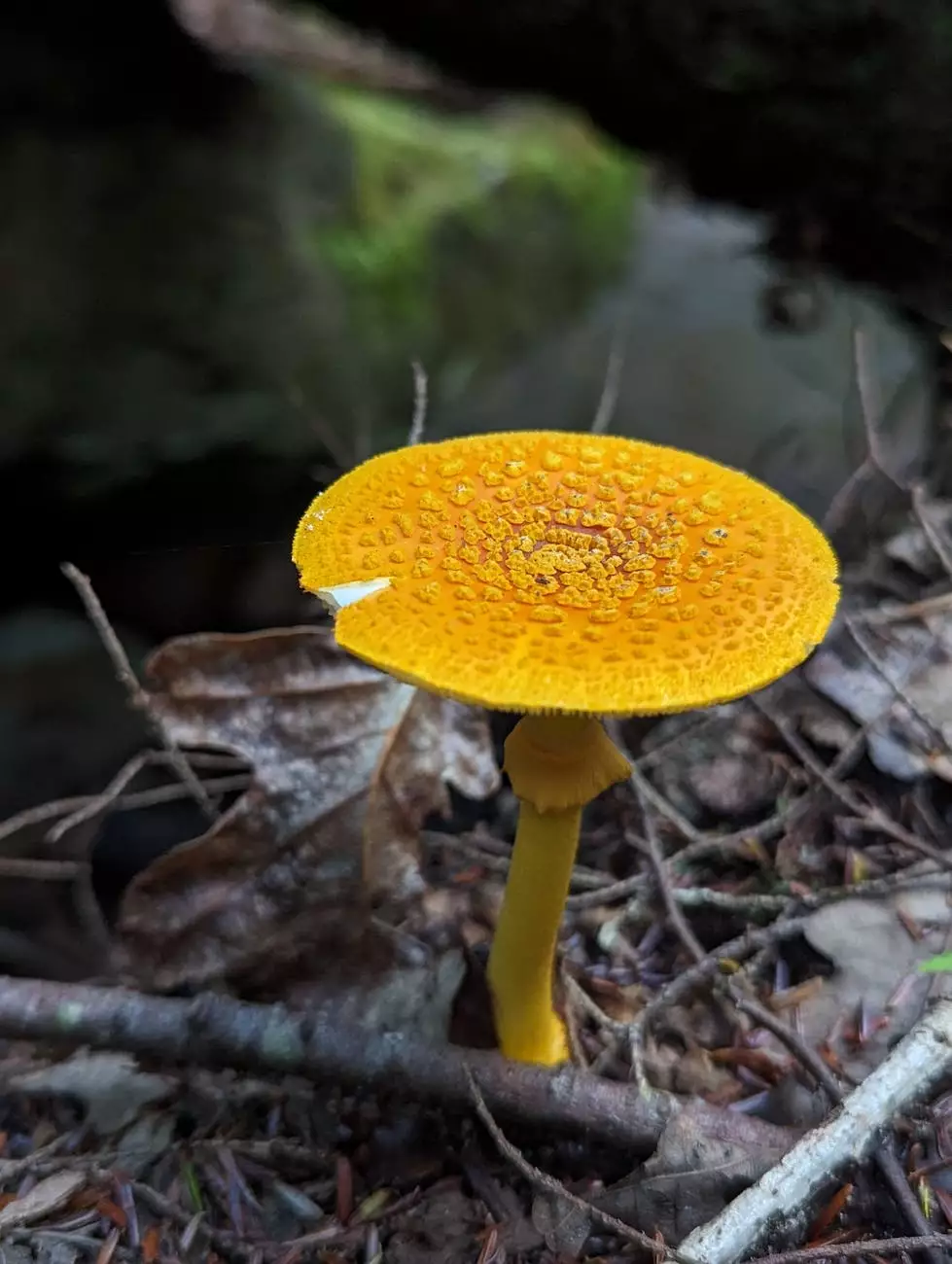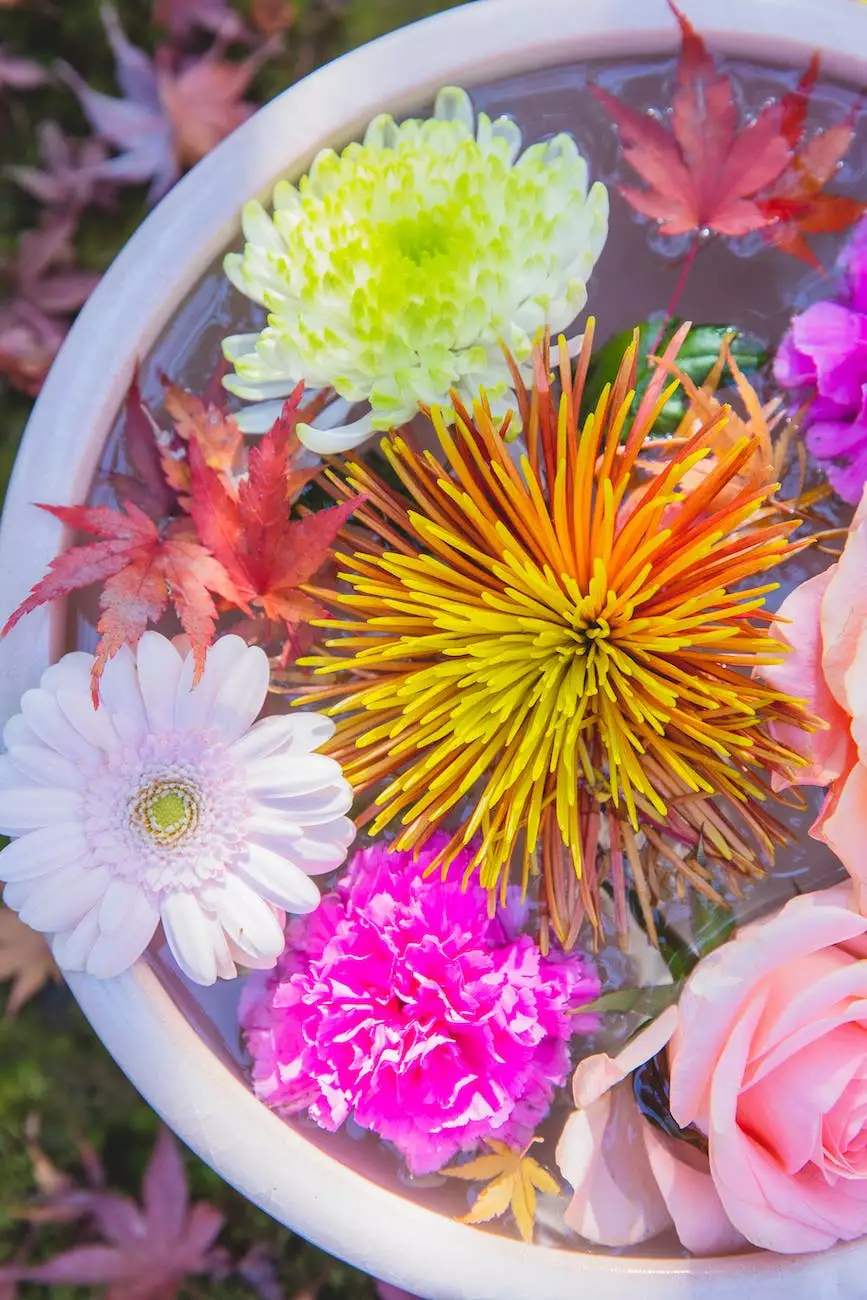Ted Lare-How to Get Rid of Fungus Gnats

The Dangers of Fungus Gnats
Fungus gnats may seem like harmless insects, but if left unattended, they can wreak havoc on your indoor plants. These tiny pests are known for laying their eggs in moist soil, which then hatch into larvae that feast on the roots of your beloved plants. This can lead to stunted growth, wilting, and even plant death.
Identifying Fungus Gnats
Before diving into the various methods of eradication, it's crucial to correctly identify fungus gnats. These insects are typically dark in color, with long legs and slender bodies. They are often found hovering around potted plants or flying near windows. Fungus gnats are attracted to moisture, so if you notice an infestation, it's likely due to overwatering or poor drainage.
Prevention is Key
As with many pest problems, the best approach is prevention. Taking proactive steps to stop fungus gnats before they become a nuisance is essential. Here are a few tips to prevent fungus gnat infestations:
- Moderate watering: Avoid overwatering your plants, as excess moisture creates a favorable environment for fungus gnats to thrive.
- Well-draining soil: Use well-draining soil mixes to ensure that water doesn't accumulate in the plant pots.
- Avoid standing water: Remove any standing water sources in your indoor gardening area to minimize the attraction of fungus gnats.
- Inspect new plants: Before bringing new plants into your space, carefully inspect them for any signs of fungus gnats or their larvae.
- Keep the area clean: Regularly clean up fallen leaves, decaying plant matter, and any potential breeding grounds for fungus gnats.
Effective Methods to Eliminate Fungus Gnats
1. Soil Drenching
Soil drenching involves applying a specific solution directly to the soil to target and kill fungus gnat larvae. One effective solution is a combination of hydrogen peroxide and water. Mix one part hydrogen peroxide with four parts water and drench the infested soil with this solution. The hydrogen peroxide will work to kill the larvae, effectively eliminating the infestation.
2. Sticky Traps
Sticky traps are a simple yet effective method for catching adult fungus gnats. These traps have a sticky surface that attracts and captures the insects when they come into contact with it. Place the traps near the affected plants to catch the adult gnats and reduce their population. Remember to regularly replace the traps to maintain their effectiveness.
3. Natural Predators
Introducing natural predators to your indoor garden can be a highly effective long-term solution for controlling fungus gnats. Predatory nematodes and beneficial soil-dwelling insects like rove beetles and predatory mites feed on the larvae, effectively reducing the gnat population. These natural predators can be purchased from reputable gardening stores.
4. Neem Oil Spray
Neem oil, derived from the neem tree, has excellent insecticidal properties and can help eliminate fungus gnats. Mix neem oil with water as per the instructions on the package and spray the affected plants thoroughly, focusing on the top layer of the soil where the gnats lay their eggs. Neem oil disrupts the gnats' life cycle, helping to solve the infestation problem.
Maintaining a Healthy Environment for Your Plants
In addition to tackling the immediate problem of fungus gnats, it's crucial to create a healthy environment for your plants to prevent future infestations. Here are a few tips to maintain a thriving indoor garden:
- Adequate light: Ensure your plants receive the appropriate amount of light for their specific needs. Different plant species require different light conditions, so research the light requirements of your plants and provide them accordingly.
- Proper ventilation: Good airflow helps prevent excess moisture, which can attract fungus gnats. Use fans or open windows to promote air circulation in your indoor gardening area.
- Regular monitoring: Keep a close eye on your plants for any signs of stress or pest infestations. Early detection allows for quick intervention and better chances of successful treatment.
- Correct watering: Water your plants only when the top inch of soil feels dry to the touch. Avoid waterlogging the soil, as this creates a favorable environment for pests.
By following these preventive measures and using the eradication methods mentioned, you can effectively combat fungus gnats and maintain a healthy indoor garden. Remember to stay vigilant and take action at the first sign of an infestation to prevent further damage to your plants.




